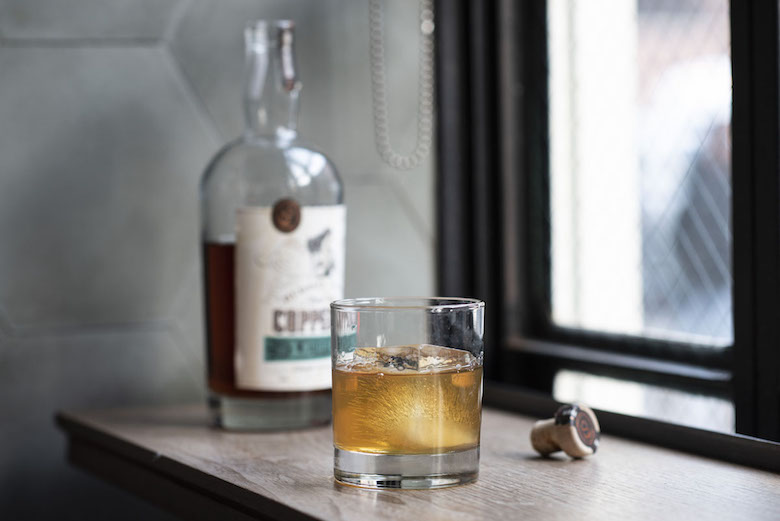
From rye comes flour, bread and whiskey. The ancient grain thrives in cold, wet weather, and in New York State, back before Prohibition, distillers had a style unique to the local terroir. As craft distilling has once again emerged as a viable industry, some makers decided to band together in 2015 to create a designation called “Empire Rye” that would restore the legacy of New York rye whiskey and make a category that could rival the world’s better-known spirit histories.
At first, there were six: Black Button Distilling of Rochester, Coppersea of New Paltz, Finger Lakes of Seneca Lake, Tuthilltown Spirits of Gardiner, and Kings County Distillery and New York Distilling out of Brooklyn. Van Brunt Stillhouse, in Red Hook, soon joined, and 10 more now are part of the crew that will be turning out bottles with a seal showing their whiskey has conformed to the Empire Rye standards.

In the U.S. broadly, rye whiskey needs to include 51 percent of the grain to be labeled as such. Empire Ryes are made from a minimum of 75 percent New York–grown rye, which can be raw, malted or both. That remaining 25 percent of the mash bill can be any grain, from anywhere. The whiskey is then aged a minimum of two years in new oak barrels and distilled to no more than 160 proof. There’s also what Christopher Williams of Coppersea Distilling notes is a “nerdy and arcane” process point that’s actually fundamental to the historical roots of the style. “The barrel entry proof has to be 115 proof or lower,” he says. “The industry standard and maximum is 125, so all our whiskeys come in at a much lower barrel proof—a throwback to that pre-Prohibition style when often whiskeys would go into the barrel at 100 proof.”
Within these restrictions, though, there is ample room for creativity, and Coppersea makes an especially lush expression. Their Bonticou Crag Straight Single Malt Rye, named for a peak overlooking their farm, is made from 100 percent rye grown on the distillery’s own land as well as that of neighbors. It has a smooth, woody nose and goes down easy, with gentle hints of baking spice and pepper. The spent mash of their distilling processes goes to feed the Gloucestershire Old Spot pigs they raise, a breed considered rare.
In the nine available now, each distiller adds their touch—whether that’s the sherry casks in which Finger Lakes ages their McKenzie Rye, or the addition of barley to Black Button’s expression. No matter one’s favorite, each supports local farms, craft distillers and the slow but steady resurrection of New York’s whiskey heritage.



